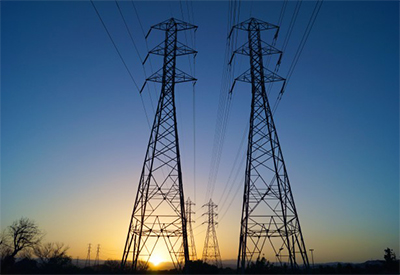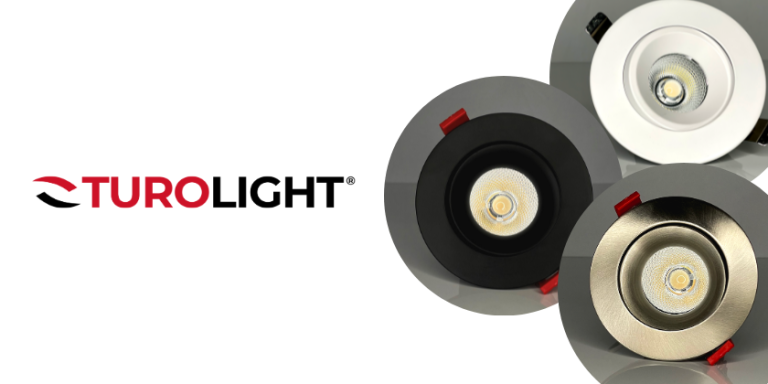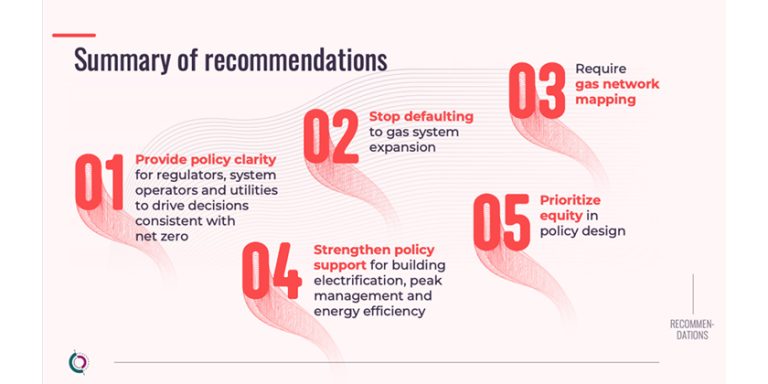Power Quality: When You Only Want What You Need

Feb 22, 2021
By: Mark Petersen, P Eng, VP Engineering, Legend Power® Systems
Over many years of experience in the electrical industry, I have learned that my colleagues are a “get it done” group of professionals. So, when it comes to the issues around the power quality of electricity coming into buildings from today’s challenged grid, I know there is frustration with the lack of effective options. It’s led to a “work around it” approach from this group of skilled people; they find as good a solution as is available and they get it done.
For building owners, it has become standard to see the sometimes significant costs of poor power quality as “baked-in costs,” and this gets budgeted as such, year after year. The good news is that it doesn’t have to be like this. Today, there are effective power quality management solutions for the commercial and light-industrial building segments.
The fact is, electrical pros know that electricity isn’t one-dimensional, but is made up of a number of power parameters. These get captured under the umbrella term of “power quality.” Technically, most power quality issues can be categorized as a deviation of voltage, frequency or waveforms. The possible permutations of these in multiple phases make for a lot of potential issues.
Here is a quick summary of key power quality parameters and some of the building issues that they cause:
Sag: A short-term (less than one min) reduction in voltage to a level less than 90% of the nominal voltage. (Example: Less than 108V for a 120V system.) Potential Effects: Malfunction of IT equipment, tripping of contactors and electromechanical relays, disconnection and loss of efficiency in electric rotating machines.
Swell: A short-term (less than one min) increase in voltage to a level greater than 110% of the nominal voltage. (Example: Greater than 132V for a 120V system.) Potential Effects: Data loss, flickering of lighting and screens, stoppage or damage of sensitive equipment.
Undervoltage: A long-term (greater than one min) reduction in voltage to a level less than 90% of the nominal voltage. (Example: Less than 108V for a 120V system.) Potential Effects: Elevator/escalator failure (due to motor/controls failure), tripping of fire alarms, etc.
Overvoltage: A long-term (greater than one min) increase in voltage to a level greater than 110% of the nominal voltage. (Example: Greater than 132V for a 120V system.) Potential Effects: Wasted excess energy above nominal is paid for. All electrical systems and components (motors, lighting, etc.) receive more voltage than required/designed for, leading to breakdowns and shortened lifespan.
Unbalance: A measure of the difference in magnitude and angle of the three phases of voltage. Potential Effects: Decrease in system efficiency; tripping of, or permanent damage to, electrical equipment.
Transients: A very fast voltage disturbance. Potential Effects: Tripping of protection devices, loss of information and malfunction of data processing equipment, stoppage of sensitive equipment.
Why is poor power quality causing so many problems for today’s buildings? Part of the answer lies in the age and complexity of the electrical grid.  For years, as long as the power was on – and within a defined basic range of quality – that was acceptable. ANSI and CSA voltage limits for the service entrance of a facility are wide and not optimal for many types of modern end-use equipment. The result is a growing gap between the decreased power quality generated by a volatile grid and the increased sensitivity of the buildings they feed. These days, with buildings full of sensitive electronics, systems, VFDs and computers, old standards that are quite broad and tend to see the challenges of a modern grid in discrete levels aren’t sufficient.
For years, as long as the power was on – and within a defined basic range of quality – that was acceptable. ANSI and CSA voltage limits for the service entrance of a facility are wide and not optimal for many types of modern end-use equipment. The result is a growing gap between the decreased power quality generated by a volatile grid and the increased sensitivity of the buildings they feed. These days, with buildings full of sensitive electronics, systems, VFDs and computers, old standards that are quite broad and tend to see the challenges of a modern grid in discrete levels aren’t sufficient.
Conditions and demand in buildings change constantly throughout a 24-hour cycle, weekday vs. weekend, and seasonally; yet they have a voltage supply that varies by a minimum of two to three percent over a 24-hour cycle. Legend Power® Systems has seen client buildings that can experience a 10 percent change in voltage levels over the same time period.
The utility companies have been aware of these issues for some time. In an effort to scope them, the Electric Power Research Institute (EPRI) has run and updated the Assessment of Distribution System Power Quality (commonly referred to as the “DPQ Project”) focusing on grid-delivered power quality data at a national level:
“One of the most important utility needs is an understanding of the actual power quality being provided to their customers. Often this information is not available because conventional monitoring systems and analysis techniques have focused on reliability and steady-state voltages and currents instead of the full spectrum of power quality variations that impact customer equipment.” [1]
Part of the purpose of the study was also to understand how the utilities might be able to meet the emerging need for a “premium power” product:
“In addition, ‘premium power’ options cannot be offered to customers without first understanding this critical information.”[2]
Knowing that equipment has become more sensitive and that it is interconnected in increasingly complex systems, premium power is essentially what building owners and maintainers are after today.
Expensive, large-scale power quality management options have been available to the industrial sector for some time due to the very high and measurable cost of downtime. There is an energy efficiency price to be paid though, in that these systems use as much as five percent more power while assessing the power quality. Industrial systems are simply too large and too expensive to be viable for commercial buildings.
While perfect power may not be out there, there are technologies available that can deliver a premium power level to light-industrial and commercial buildings. The benefits are many as leading energy efficiency platforms can analyze and assess incoming power, and then literally reshape the electricity to optimal levels for a specific building. This mitigates – or fixes – key power quality issues, delivers three to six percent (or more) electrical cost savings, offers related drops in GHG emissions, and provides ongoing reductions in machinery and systems wear and tear – and does so with 99.5 percent efficiency.
From an operational point of view, there are significant follow-on benefits from the precise voltage control of an entire facility, including improved building operations and fewer service calls. This can be accomplished in a footprint that fits in a commercial electrical room, and at a quarter of the price of an industrial system. That’s good news for commercial electrical professionals looking for options.
Over a period of 10 years, and supported by data from 1000+ facilities, Legend Power® Systems realized that in addition to delivering energy efficiency, we had the expertise and technology to address the overall power quality in commercial buildings. Rather than accepting the status quo, we set the goal of making premium power an option to buildings where it hadn’t been previously available.
Working with commercial building teams, we first enable data collection via an advanced power quality metering system to assess their current state of power quality. That data is then combined with an advanced on-site energy management platform that enables monitoring and control of the voltage profile to a fixed, regulated and balanced level resulting in opportunities for measurable energy savings and protection from adverse power quality events.
Our industry engagement tells us that electrical professionals and commercial building operators are tired of having to accept that equipment fails prematurely or needs to be replaced because it may have been adversely affected by poor power quality conditions. Not only are there technologies available to address poor power quality – they can also deliver premium power options and give back the control you want.
Finally, there are solutions available to enable commercial buildings to turn the power they’re sent into the power they need!
[1] The EPRI Research Project, An Assessment of Distribution System Power Quality (RP3098-01 and RP3797-03 – The DPQ Project)
[2] Ibid
















